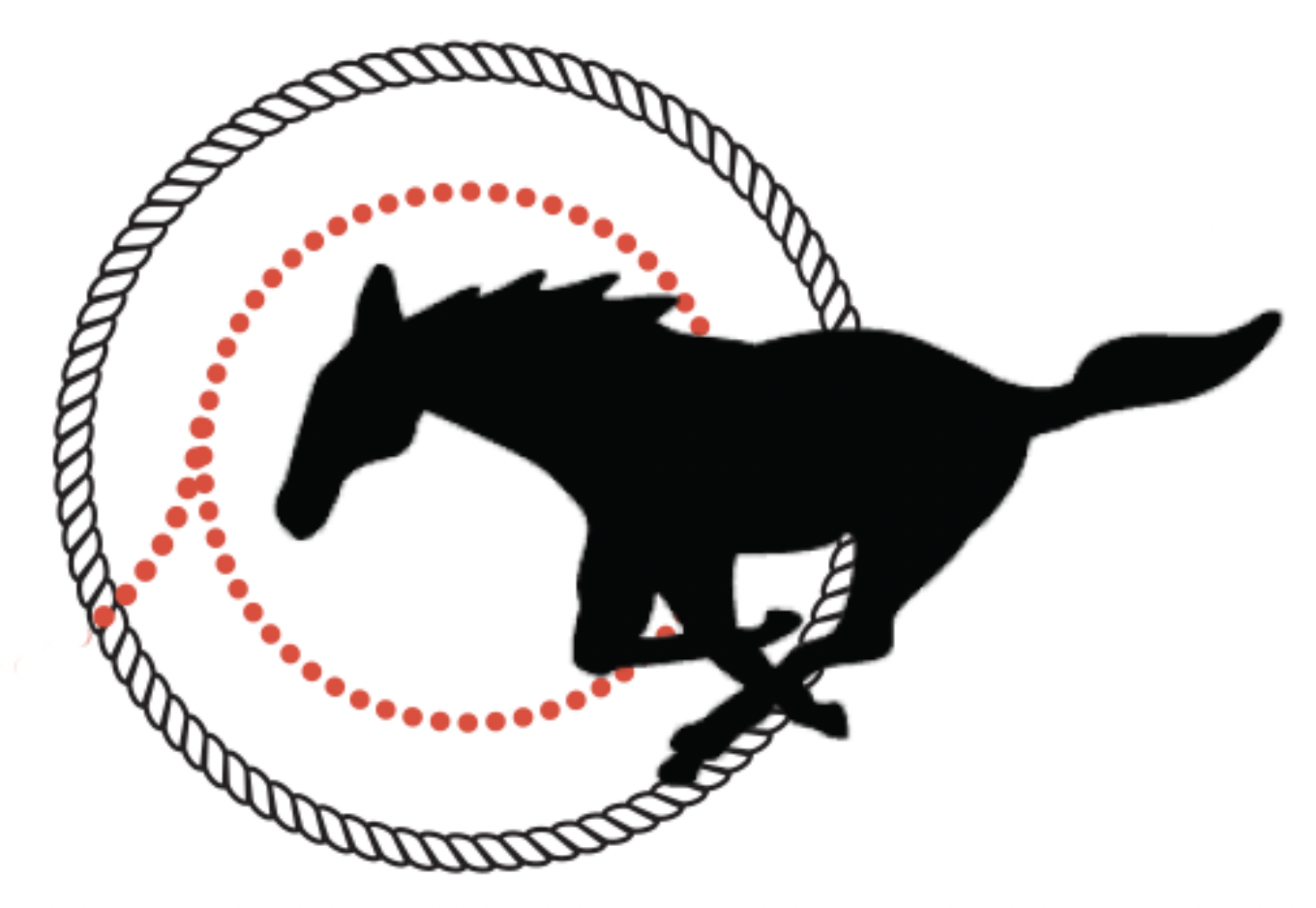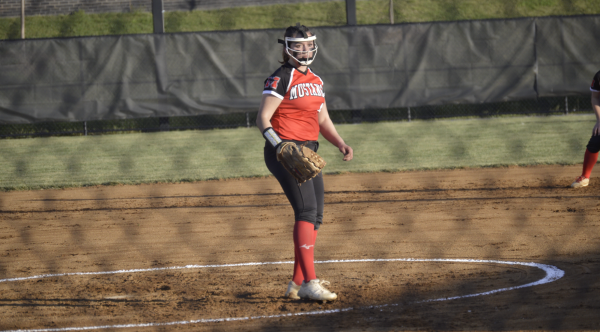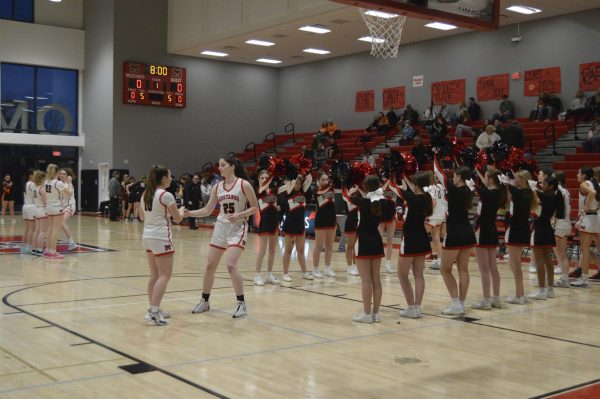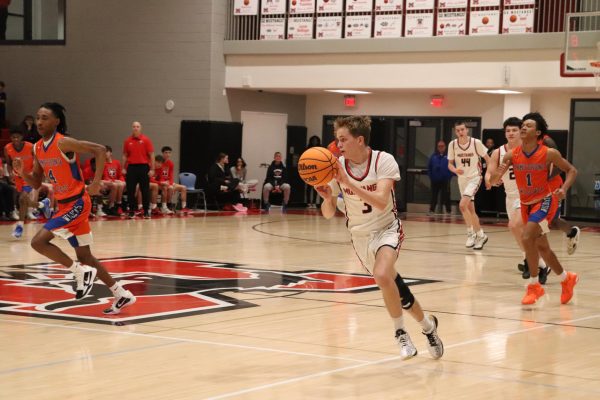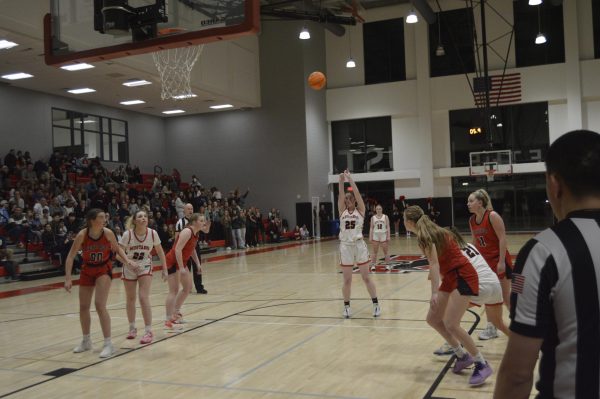The Problem With Baserunning
October 1, 2018
Who is the best base runner is baseball? A speedster like Dee Gordon or Billy Hamilton? What about a baserunning mastermind like Paul Goldschmidt? The two most valuable base runners in baseball last year were actually Byron Buxton and Mookie Betts. While they did not have the same volume of steals as Gordon or Hamilton, Buxton and Betts were far more efficient in their base stealing.


Seems simple enough until you consider Lorenzo Cain stole 26 bases only being caught twice but was only worth 7.8 runs above the average baserunner. That’s as many steals as Mookie with one less time caught stealing, however Cain was still considered less valuable than Mookie as a baserunner. So what is really going on here? There is clearly something beyond base stealing that is going into this calculation. It’s all about advancing on balls in play. That’s how David Ortiz cost his teams 38.9 runs via baserunning despite going 17 and 9 on steal attempts in his career (not terrible). He was absolutely atrocious in all other aspects of baserunning. As shown in the chart below, he was far below league average in all forms of advancement on the basepaths.
Over the course of his twenty year career, all these bases David failed to take added up to cost his team the most runs in MLB history.
Here is the problem; it is hard to find these advancement statistics. Look on the back of any baseball card today and you will see steal statistics, that is it. Search up a player’s stats on a website (like baseballreference.com) and you’ll probably get both numbers on stealing and caught stealing. But to find the career numbers for David Ortiz in terms of advancing, I had to go on a bit of a scavenger hunt. I could not find any career year-by-year baserunning stats on any David Ortiz pages, so I had to search individual MLB season baserunning pages (example: https://www.baseball-reference.com/leagues/MLB/2016-baserunning-batting.shtml) for Ortiz to get his full career’s baserunning numbers. As shown below, steals alone do not do a sufficient job explaining baserunning value (according to baseballreference’s metrics). With an R² value of .367, steals only explain 36.7% of the variance in Rbaser (base running value).
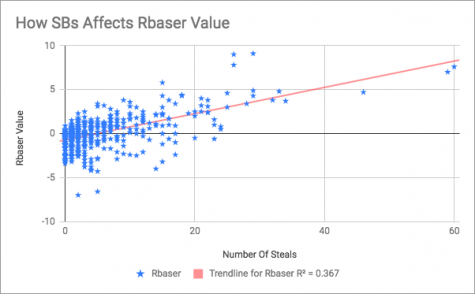
I realize baserunning numbers are not that exciting and will never be telling enough to belong on a baseball card. However, in being such a crucial part for the calculation of baserunning value, career and year-by-year numbers need to be more easily available. After all, the numbers fans are exposed to are the ones they grow to value most. Until I got to know WAR (wins above replacement), I was very hesitant to accept its legitimacy because I had never seen anything like it. I evaluated batters and pitchers solely off numbers you could find on baseball cards. Why? Because I had over sixteen thousand baseball cards and those were the numbers I was accustomed to. The day I start seeing these baserunning advancement statistics become more easily available, will be the day I know the common baseball fan is becoming a smarter player evaluator.
